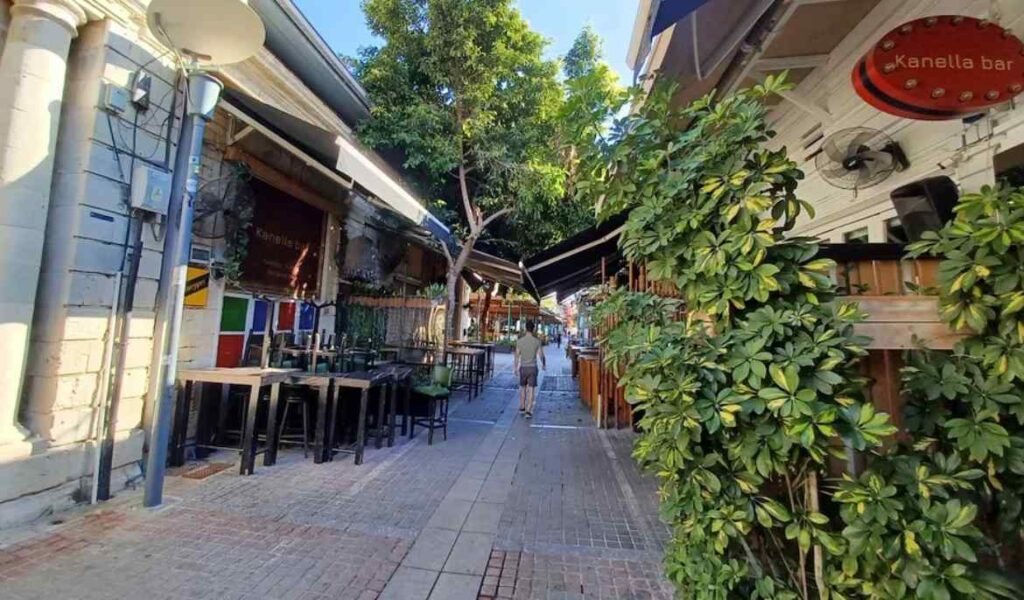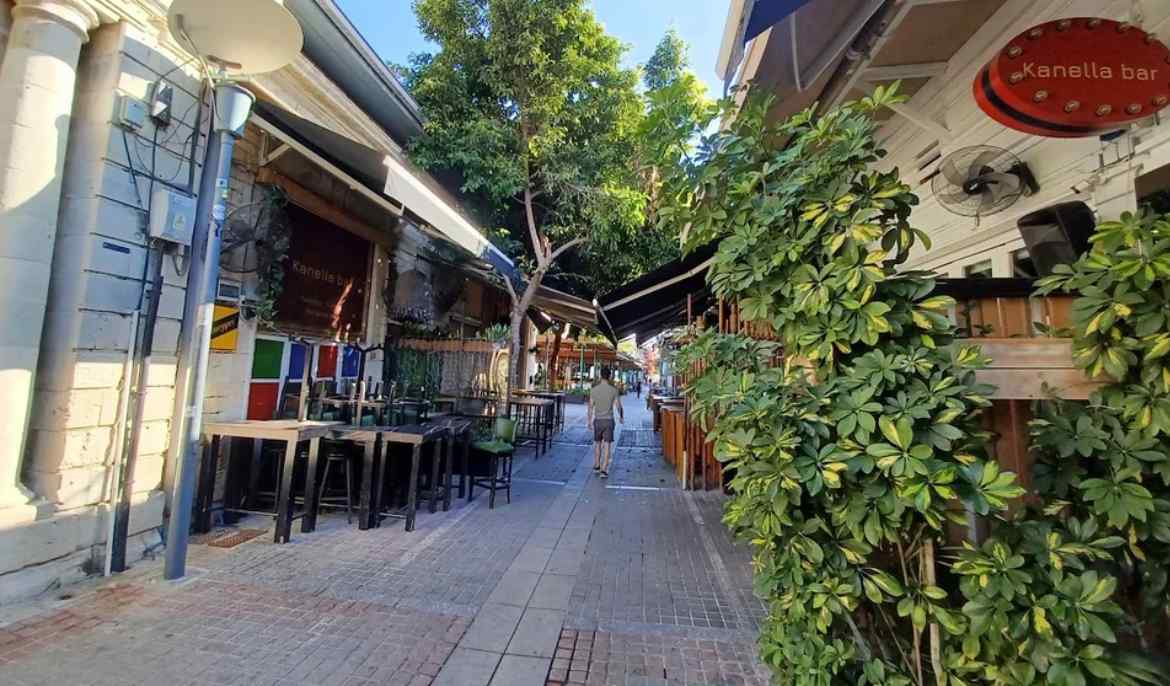Tourist arrivals in Limassol are rising, offsetting the loss of the Russian market, according to Anthi Theocharous, VP of Tourism at the Limassol Chamber of Commerce (Evel).
“Limassol absorbed a large percentage of the approximately 800,000 Russian arrivals annually in Cyprus,” Theocharous said.
She added that “it is very encouraging that this loss has been covered, while tourism, after the pandemic, is recording an overall positive trend.”
However, she pointed out that Limassol’s share of nationwide tourism has slightly decreased to 14 per cent this year, compared to 15 to 16 per cent in previous years.
Explaining the drop, she said, “The decrease is due to the conversion of hotels to other uses through urban planning incentives.”
Across Cyprus, arrivals reached 3.7 million by October, up from 3.5 million during the same period last year.
Projections indicate total arrivals will surpass 4 million by the end of 2024, exceeding the 3.84 million recorded in 2023.
Theocharous emphasised Limassol’s key advantage as a year-round destination.
“Limassol has the widest range of high-quality services, both in accommodation and gastronomy, attracting visitors of high-income level,” she said.
“Revenue per tourist in Limassol is slightly higher compared to other provinces,” Theocharous added.
Nonetheless, seasonality remains a challenge for Cyprus, primarily due to reduced air connectivity in winter.
Limassol, however, is less affected than other regions. The city also benefits from domestic tourists, including Russians, Ukrainians, and other permanent residents.
“Limassol particularly benefits from them, especially in the catering and related services,” Theocharous said.
While she predicted that the winter season would remain on par with last year, she acknowledged that the decline in cruise tourism might dampen off-season arrivals.
To tackle seasonality, Limassol leverages local events, such as February’s festivities, and activities like medical and maritime conferences, cycling races, and mountain hikes.
Despite these efforts, the city still lags as a top choice for Cypriots, who tend to favour Paphos and Famagusta, especially during the summer months.
Theocharous stressed Evel’s active role in addressing tourism industry challenges. “It has notable members from all sectors of the tourism industry,” she said.
“It meets regularly and cooperates closely with relevant bodies and local authorities, promoting solutions through the Council of Evel, with good results,” she added.
Geopolitical developments, according to Theocharous, remain a risk for tourism, particularly when key markets for Cyprus and Limassol are involved.
However, she maintained that “the city’s ability to adapt and attract high-income visitors positions it as a resilient and competitive destination.”



